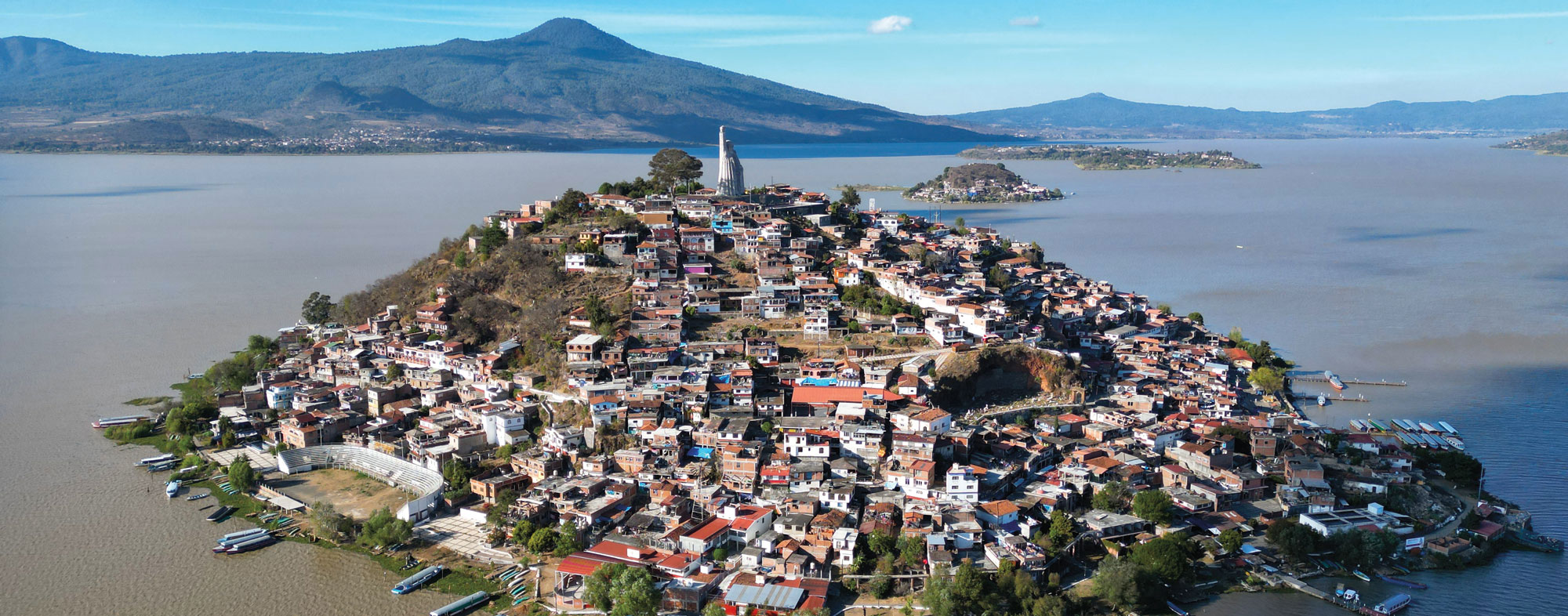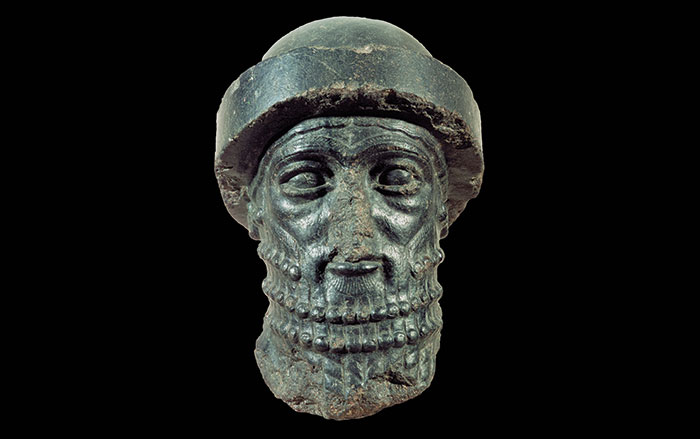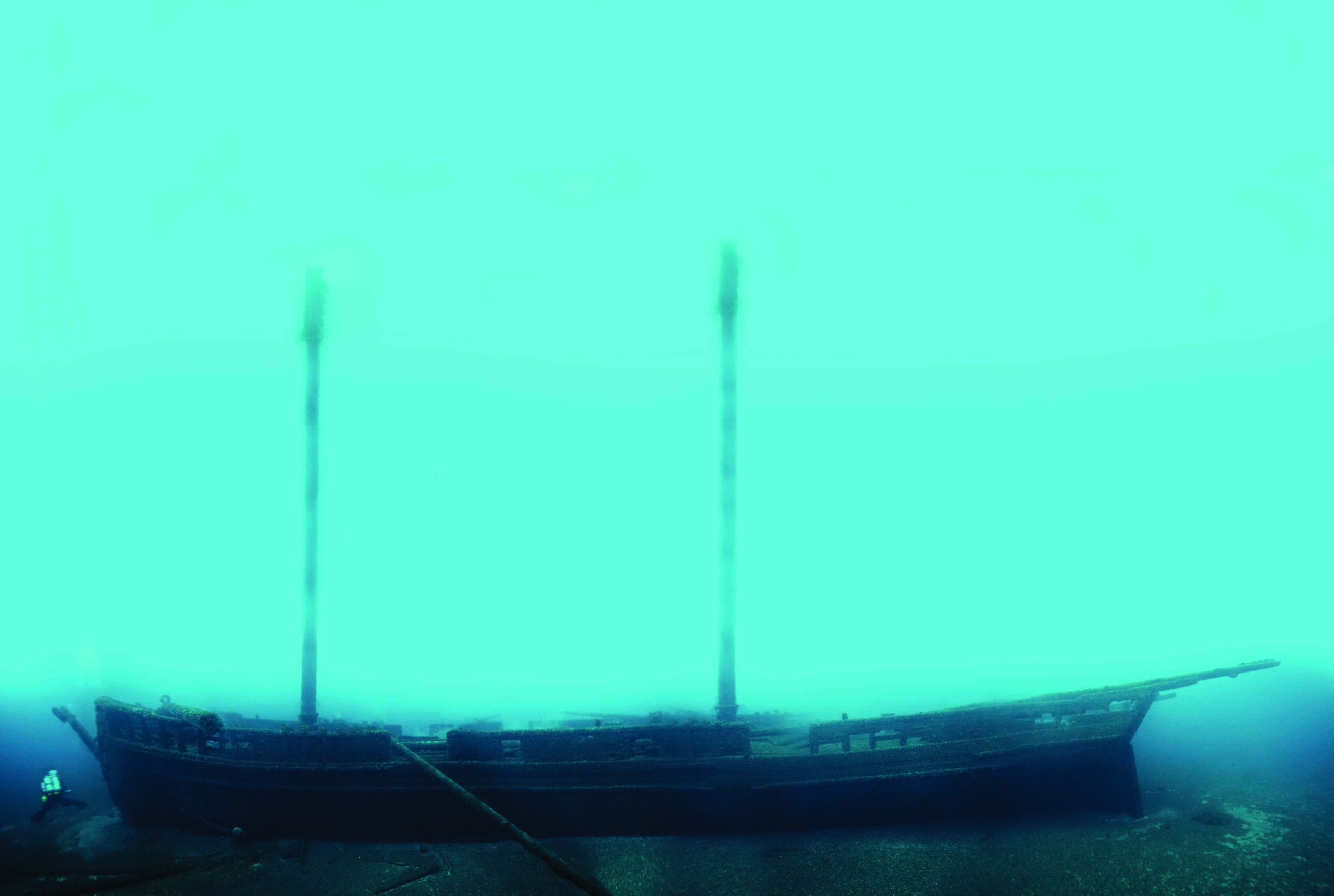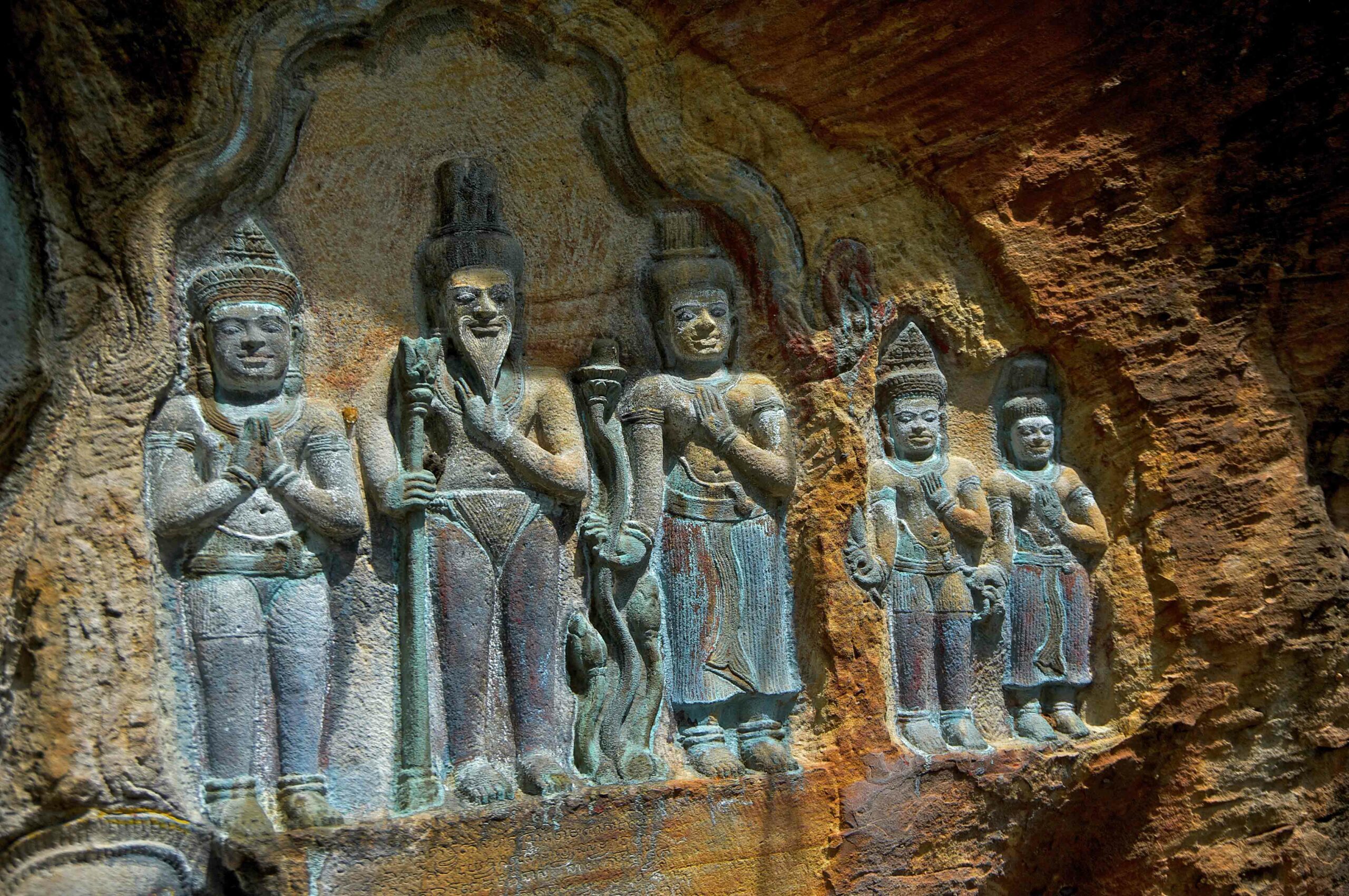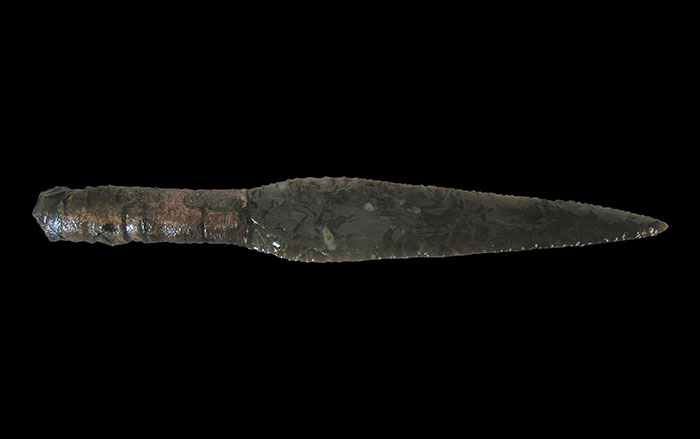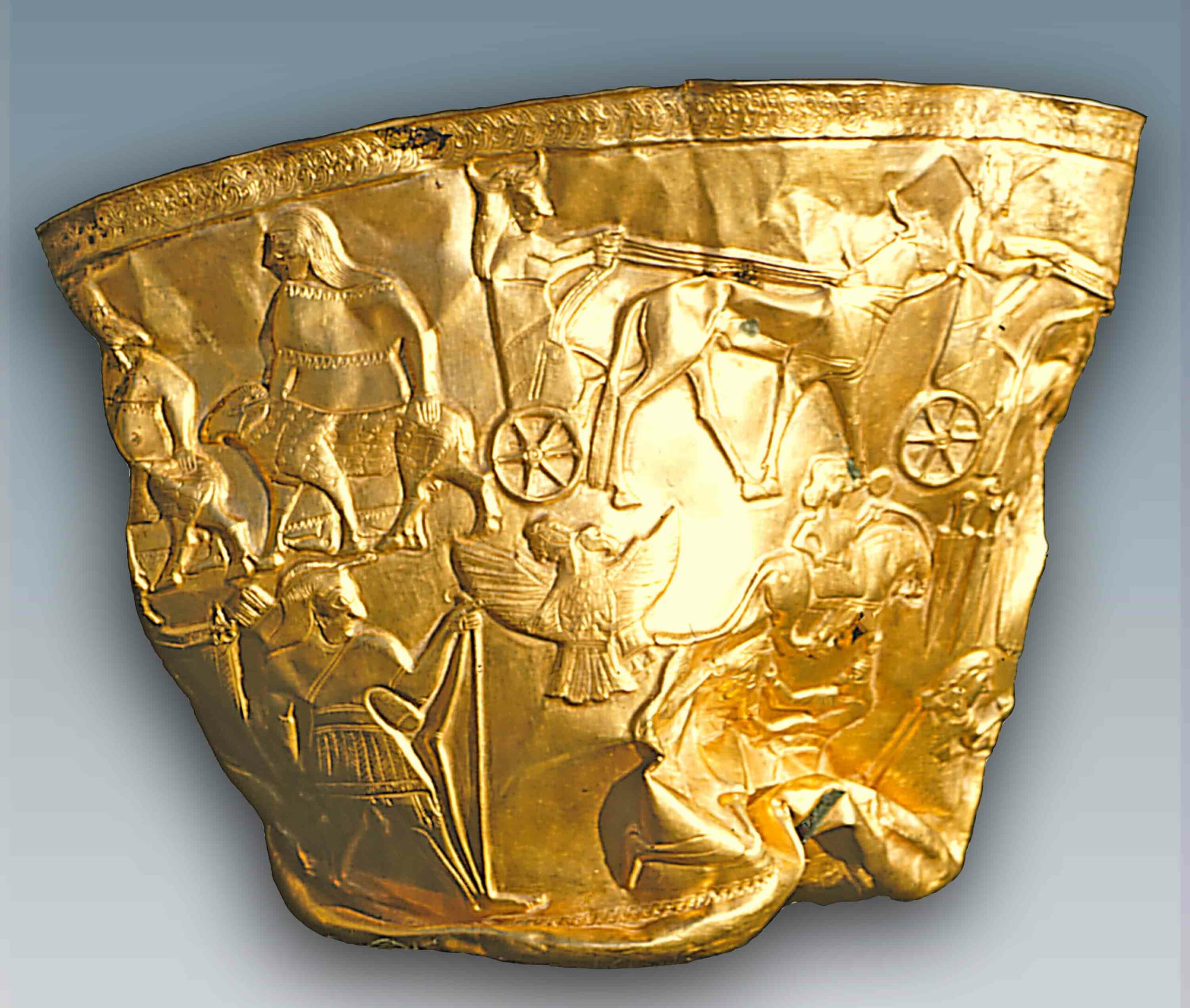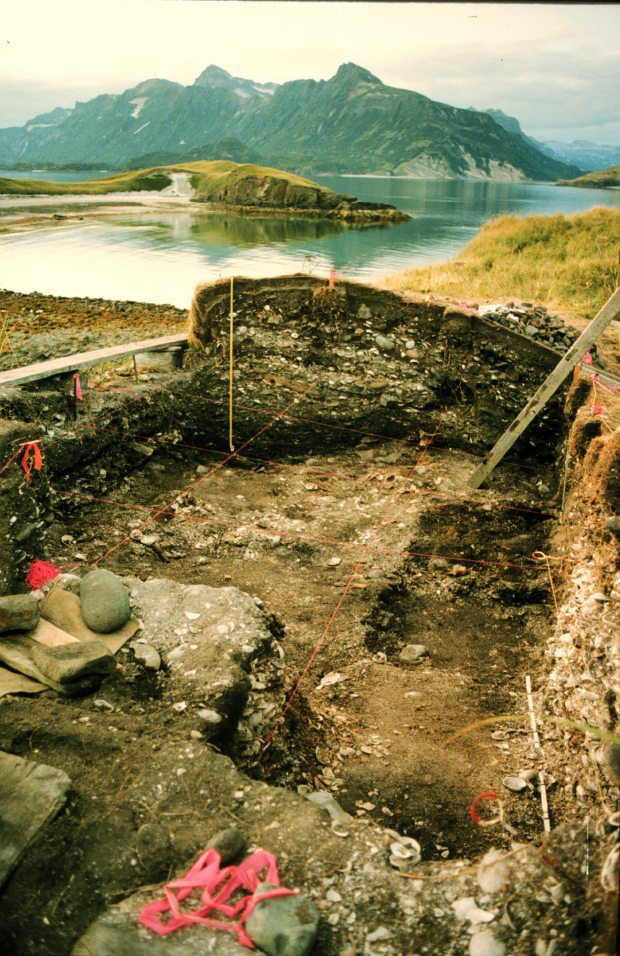
KING SALMON, ALASKA—Alaska Dispatch News reports that the bones of cod recovered from a coastal archaeological site on Mink Island in Katmai National Park and Preserve contain high levels of toxic mercury. It is thought that the flesh of the fish, eaten by the people who lived at the site between 4,000 and 5,000 years ago, would have had significantly higher levels of the contaminant. The bones date to the early and mid-Holocene, when the climate was warming and rising seas were inundating the Bering Land Bridge and naturally occurring mercury in the dry or frozen land was dispersed into marine waters. The highest readings from the bones match or exceed present-day mercury levels in fish, which are elevated by mercury contamination from industrial activities around the world, according to Lawrence Duffy of the University of Alaska, Fairbanks. Mercury levels fell dramatically thousands of years later, once sea levels were stable. “The population, I’m comfortable in saying, would be more at risk than a population 1,000 years ago or 500 years ago when the levels had dropped,” Duffy said. For more on studies of ancient mercury contamination, see "Secrets of Life in the Soil."



